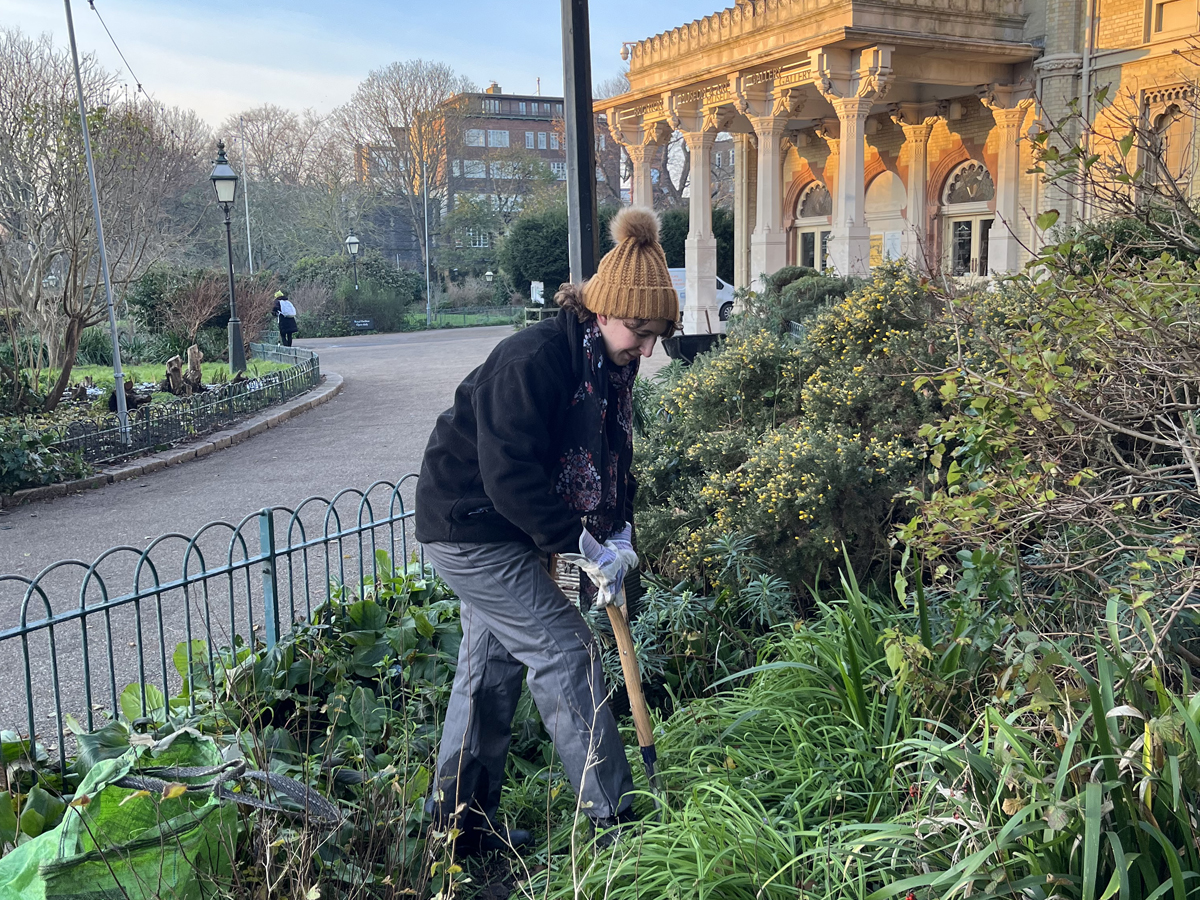Notes from the Pavilion Garden, January 2024

January
Snowdrop (Galanthus nivalis) Greek – Gala, milk ; Anthos, flower; niva’lis, snow-white
Vernacular names
Snow piercer, Candlemas bells, February fairmaids, Dingle-dangle
Science
- A member of the Amarylis plant family with daffodils and subfamilies onion & Agapanthus
- Contains the compound galanthamine, which is used to treat Alzheimer’s disease
- Includes a lectin (GNA) which is being studied for potential use in treating HIV
- The same lectin is effective against pests including aphids, moths, beetles & butterflies
- They are poisonous to eat!

Observations
We all associate Snowdrops with the transition of winter into early spring – a bright cheery flower illuminated in the resting winter landscape signalling the hope of the coming spring. But observant Pavilion Garden visitors will have witnessed this dainty low-growing monocot flowering in late November. Could there be a shift in the bloom period? Indeed, research from a study at Kew Gardens shows the average flowering date of the common snowdrops there have moved from around the end of February in the 1950s to early January in the 1990s.
The shift is significant. Not only because of the physiological change this hints towards but also the associations the snowdrop, like many plants, has with our customs, myths and folklore. Snowdrops have a long association with the Catholic ‘Candlemas’ festival (2nd February) where bunches are often gathered and decorate the chapel. It could be said that carrying a snowdrop does mimic the ceremonial candle used during this feast. This link is strengthened by their common placement in churchyards, where their habit of drifting through woodland in winter adds white presence.
Their religious purity is also carried through into the ‘language of flowers’ and was historically used as an emblem for virginity (February fairmaids). There are old customs of using the flower to hinder the advances of amorous chancers. Although, bringing this flower into the home was seen as an indicator of bad luck.
The famous Chemist and Philosopher Robert Boyle wrote in his ‘…the beginning of an experimental history of colours’ essay (1664) of
Could it be that such references will fall further into history and away from reality or are Snowdrops beginning their adaptation shift and our customs will move and adapt with them.
Let’s see if this old proverb will have to adapt to change too, when February 2nd arrives.


